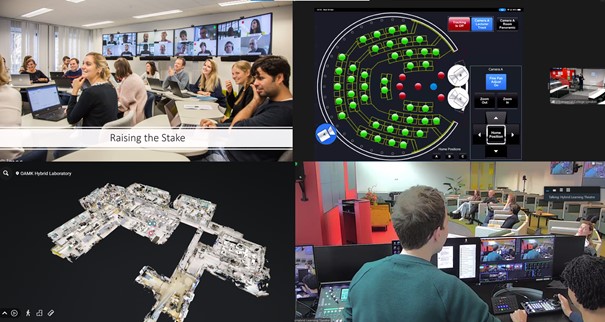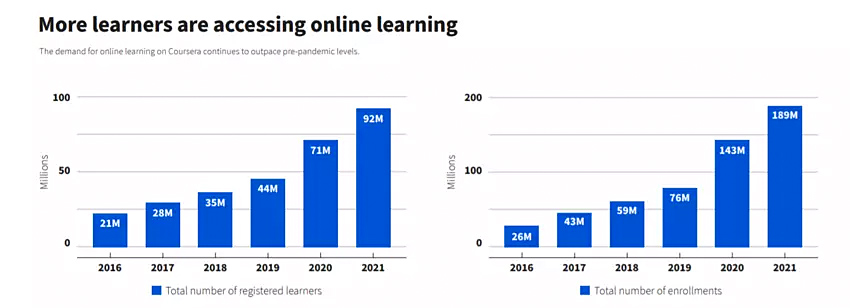3 Things I Learned from the Country with Europe’s Best Schools — from medium.com by Eva Keiffenheim
You’ll marvel at Estonia’s education system.
Excerpt:
What’s interesting: While early childhood education is not compulsory, 95% of three to seven-year-olds attend it. Parents have the right to affordable childcare and education starting at three years old. There’s a national curriculum for early childhood education that includes reading, mathematical, and motor skills.
…
Agency for learners and educators is the greatest opportunity to transform learning institutions. And Estonian schools have the autonomy to affect change.
If there’s one thing I learned, it’s that education systems are not fixed. They can be redesigned and transformed for the better by all of us.



















